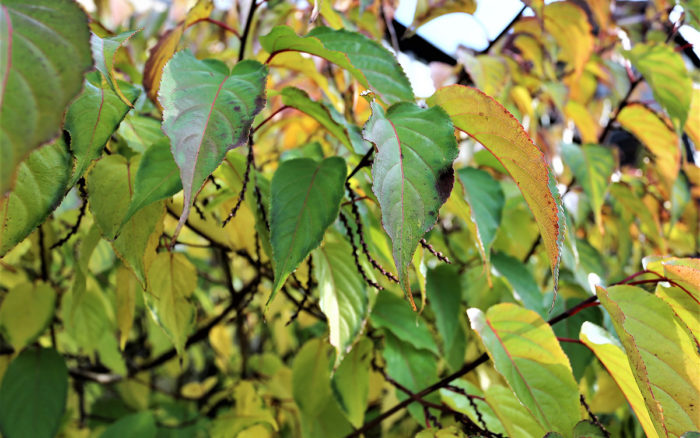
I really like the changing of the seasons in the Northwest, and I especially enjoy October. The weather finally starts to cool down from the summer heat, and the refreshing autumn rain starts. The typically dormant lawns also start to turn green again, signaling to gardeners that it is time to start their fall planting. If you are like me, you have been keeping all your newly purchased summer plants alive waiting for this moment. Now is a great time to get some new plants in the ground.
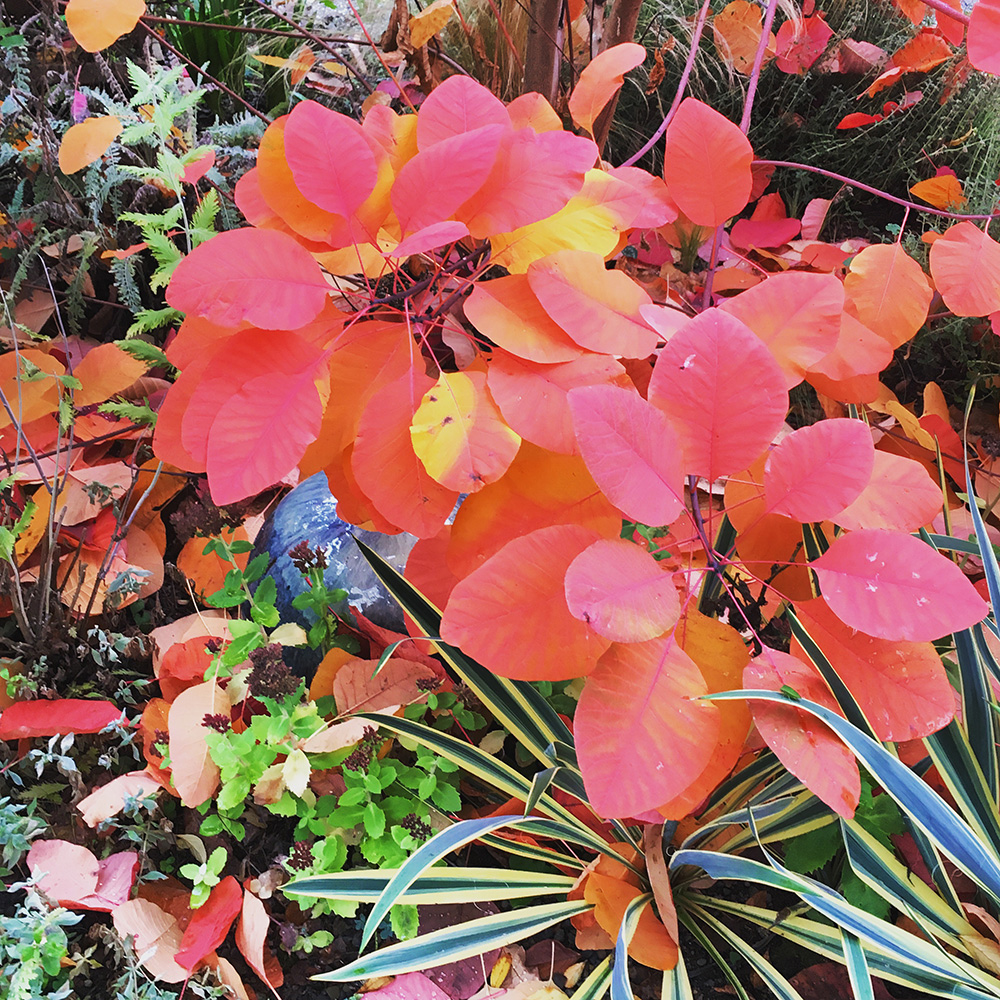
Fall is the perfect time to buy and plant
Make a trip to your local nursery or garden center to find larger trees and shrubs that will be available now that the “rainy season” has started. Many growers do not supply or even dig up plants in the heat of summer but wait for fall to start supplying the nurseries again. If you have had a hard time finding a particular plant this summer, now you know why. Also, if you need to replace a particular plant that has died, fall is a great time to do that as well, as most nurseries and garden centers will have more available plant inventory. I visit my local nursery to get inspiration for planting. If that is not your cup of tea, a nice visit to a local park or arboretum can have the same effect. Here are a few buying and planting tips that can make for a successful purchase and a healthy new addition to your garden this fall.
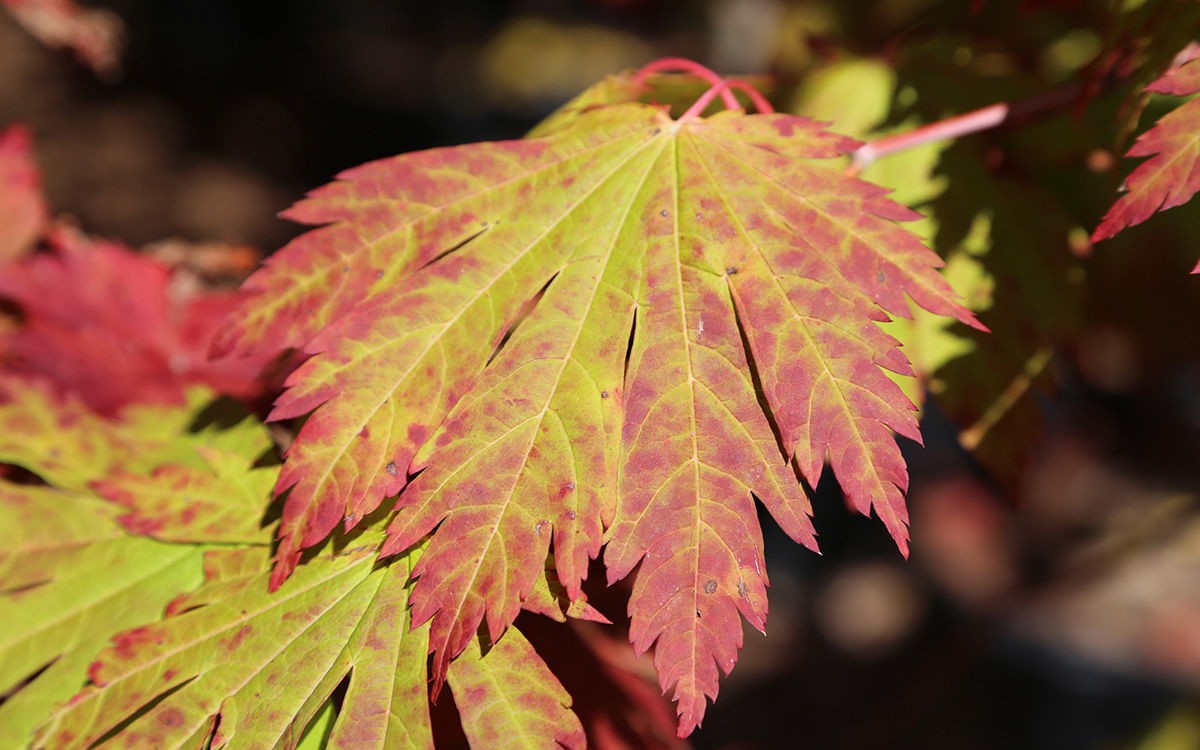
Plants with fall interest should be purchased in fall
The cooling temperatures are signaling the trees and shrubs to get ready to winter and start their spectacular fall color. I often tell my clients that autumn is the best time to find that special Japanese maple (Acer palmatum cvs., Zones 5–9), witch hazel (Hamamelis spp. and cvs., Zones 3–9) or other fall foliage plant. Buying the plants with their fall color visible can help if you are looking for specific color to match other plants, contrast with something, or add a unique element to your garden.
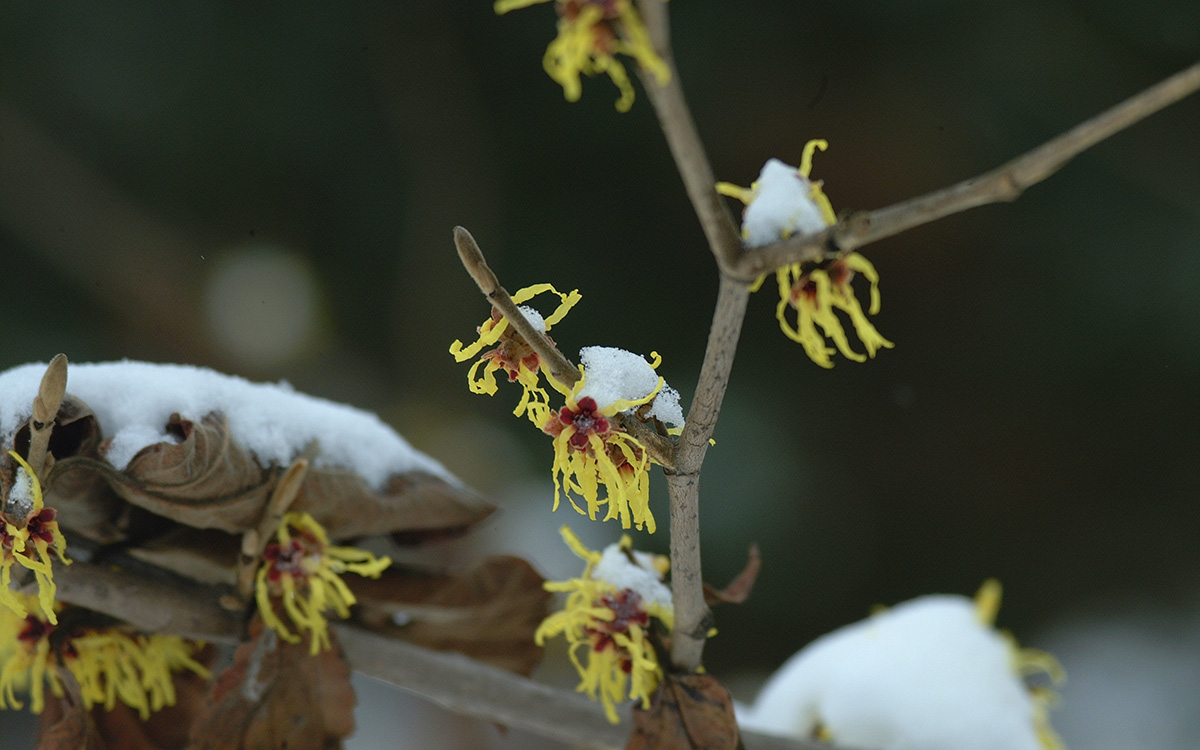
Purchase a bare witch hazel late in fall
As the season moves further along, if you find yourself with a witch hazel on your list, make sure to select a specimen that has completely dropped its leaves. I have seen more than a few of them that are reluctant to drop their leaves. The old foliage then stays on until after blooming, when the new spring growth starts. Ensuring that you find one that has dropped its foliage will leave you much happier when you are awaiting the wonderful blooms on bare branches at the end of winter.
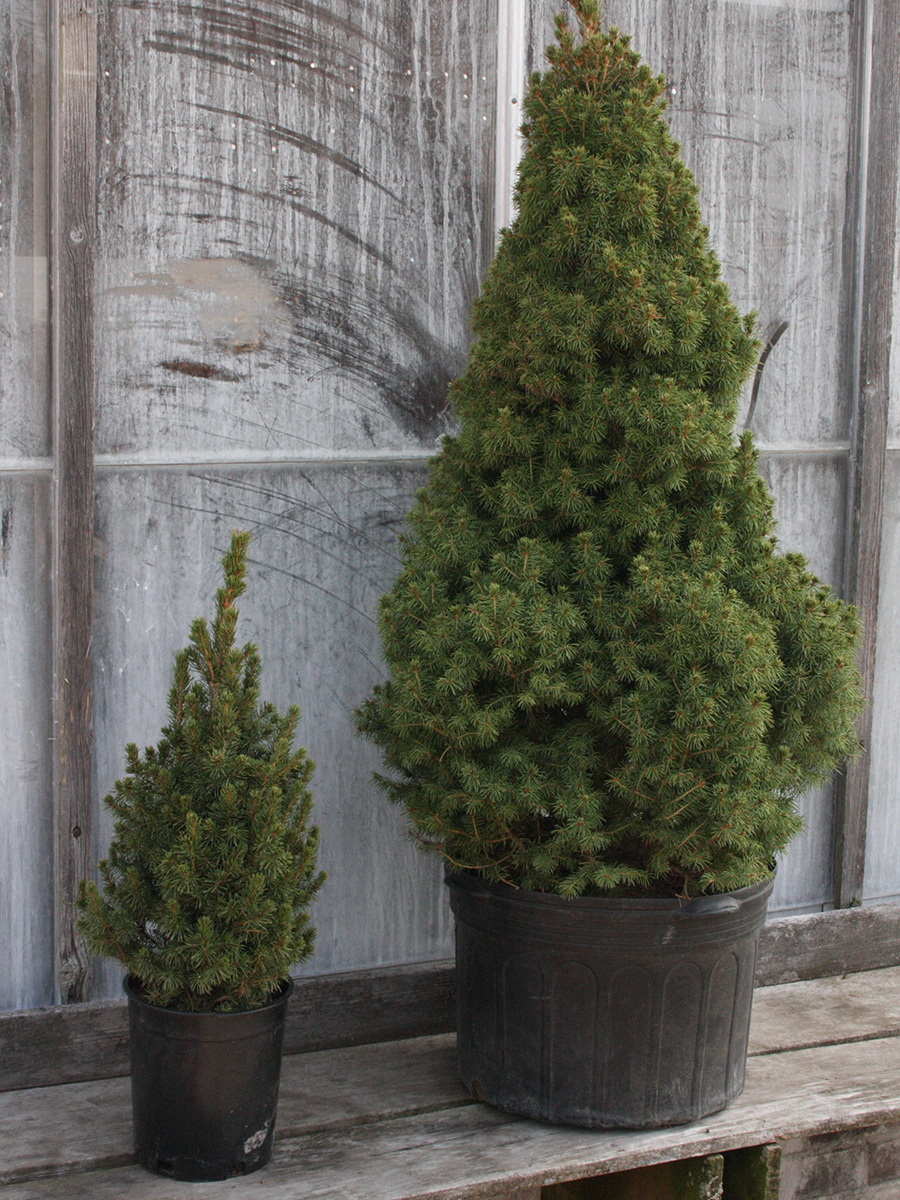
Inspect packaging and provide appropriate care
After you get your selection home and before plantings, take a few steps to ensure that your new tree or shrub has the best chance for good health and optimal growth. If you are not planting it immediately, take the time to thoroughly water the plant before adding it to your garden. Keep this up until it gets into the ground. Also, take a moment to inspect your new addition, especially trees that are often sold in pots but are in fact balled and burlapped and then placed in the grower’s pot. Make sure the crown of the plant is not covered by burlap, twine, soil, or mulch. Cut back the burlap or twine from the crown, and remember to completely remove any burlap, twine, or wire cages from the new plants when planting. Locate where the crown of the tree is when planting to ensure proper planting depth. The still-warm soil temperatures and autumn rains provide the perfect conditions to get your new plant growing well in its new home. For more tips on planting trees and shrubs based on packaging, read on here.
I hope that this article will give you the push to get outside and explore your local nursery, garden center, or park for inspiration to help find a new addition for your garden–especially now, in the best planting season of the year.
—Jason Jorgensen is a landscape designer in Seattle.
Fine Gardening Recommended Products
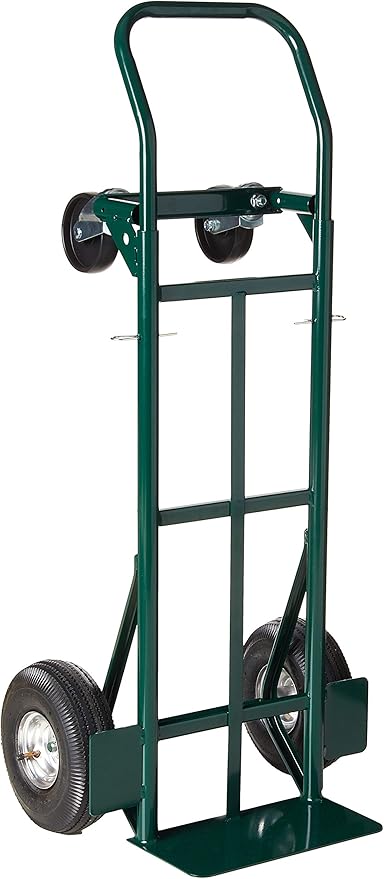
Harper Super Steel 700-lb. Platform Hand Truck
Fine Gardening receives a commission for items purchased through links on this site, including Amazon Associates and other affiliate advertising programs.

Ashman Garden Cultivator (1Pack)
Fine Gardening receives a commission for items purchased through links on this site, including Amazon Associates and other affiliate advertising programs.

ARS Telescoping Long Reach Pruner
Fine Gardening receives a commission for items purchased through links on this site, including Amazon Associates and other affiliate advertising programs.


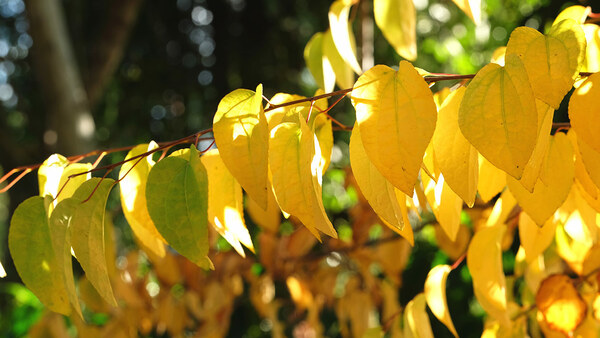
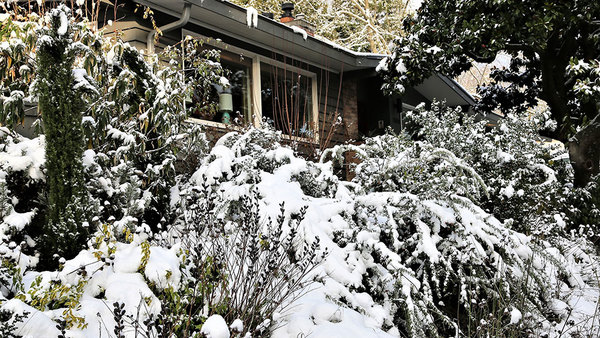
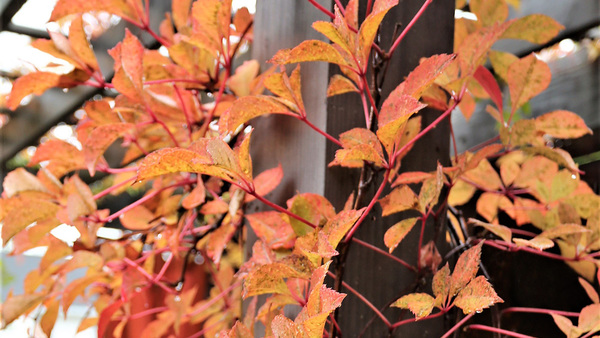
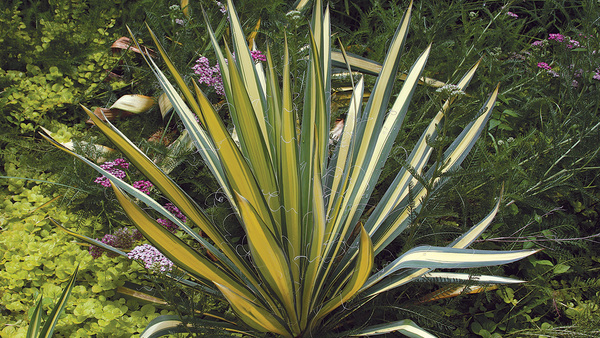













Comments
Log in or create an account to post a comment.
Sign up Log in